Speaking of fantasy…
I’ve heard it said from fellow authors that writers are often inspired by art- that a painting from one artist can be the beginning of a story. Take for instance the famous painting Christina’s World by Andrew Wyeth. Wyeth was acquainted with a woman who had had polio and was paralyzed. He saw her one morning in a field and whereas he chose to paint the image of her as she struggles in an empty field toward her home, it was his wife who actually modeled for him. The house is the woman’s house located in Maine and the painting has become so famous, that the old farmhouse is a tourist attraction. The landscape was changed to a more foreboding field which adds to the emotion of the painting.

Passages and scenes in both novels and movies give attribute to this painting. In Arthur C. Clarke‘s novel 2001: A Space Odyssey, David Bowman notices Christina’s World in the story. In Garth Ennis‘s graphic novel Preacher, the lead character’s mother (also named Christina) connects with Christina’s World on a personal level concerning her family history; the painting is shown a few times throughout the series. And in the fourth novel of Stephen King‘s series The Dark Tower, one of the gunslingers is reminded of this painting when one of his company finds a new wheelchair. In The Hypnotist (2012, dir. Lasse Hallström), during Simone’s hypnosis sequence we can see her on a hill with a house in the background, composition and light mimicking the painting. The painting also appeared in several scenes of the movie Oblivion. and inspires a scene in Forrest Gump. *Wikipedia.
As an artist, I confirm that the same holds true in reverse. Throughout history, artists have continually been motivated by works of literature. Fantasy stories can leave a deep and lasting impression on people. If this weren’t so, why would master artists of the past be so inclined as to spend hours upon hours meticulously mapping out their creations, stretching canvas, grinding pigment, and spending days at work to illustrate the literature of their peers? What I find amazing is not only their dedication, but the passion the artist convey in some of these ‘stories on canvas.’
Take for instance John William Waterhouse’s Lady of Shalott, painted in 1888 from the poem by Lord Tennyson about the young lady of Arthurian legend Elaine of Astolat. Elaine’s story has many adaptions but most agree she died of unrequited love for Sir Lancelot. Perhaps it’s her beauty and the bittersweet ending of her young life that inspired Waterhouse to paint this beautiful painting.

And by the moon the reaper weary,
Piling sheaves in uplands airy,
Listening, whispers, ” ‘Tis the fairy
Lady of Shalott.”
She knows not what the curse may be,
And so she weaveth steadily,
And little other care hath she,
The Lady of Shalott.
All in the blue unclouded weather
Thick-jewell’d shone the saddle-leather,
The helmet and the helmet-feather
Burn’d like one burning flame together,
As he rode down to Camelot.
Out flew the web and floated wide-
The mirror crack’d from side to side;
“The curse is come upon me,” cried
The Lady of Shalott.
“Who is this? And what is here?”
And in the lighted palace near
Died the sound of royal cheer;
And they crossed themselves for fear,
All the Knights at Camelot;
But Lancelot mused a little space
He said, “She has a lovely face;
God in his mercy lend her grace,
The Lady of Shalott.” -a Victorian ballad by the English poet Alfred, Lord Tennyson (1809–1892).
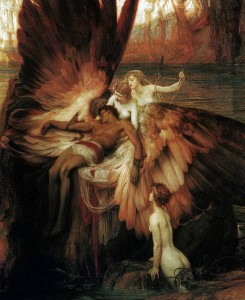
Mythology is another resource artists have used throughout history. Greek and Roman gods and goddess have been the subject of a multitude of masterpieces as have biblical illustrations.
Though no one commissioned these artists to ‘illustrate’ the stories, in a time when there were no radios, televisions or movies, certain fantasy pieces of literature became so well known around the world that an artist could pick up their brushes, paint the images and their works were recognized as belonging to those literary works. Everyone knew the stories. And everyone who saw the paintings knew the stories they illustrated, be they mythology, folklore or Arthurian.
Icarus, the young man who’s father made him wings, but insisted the boy not fly too close to the sea, less his wings clog, or too close to the sun less the wax that adhered his wings melt. Failing to obey, the boy flew too close to the sun, fell and drowned in the sea.
Today we see the same appreciation between literature and art spilling over into film. The whole idea of story boarding comes from an artist’s visualization and then implementing their concepts onto paper. Producers are going beyond that.
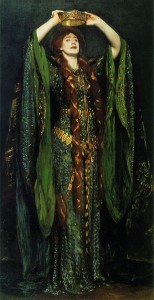 Take for instance the original painting of Lady MacBeth painted by John Singer Sargent in 1889 as seen here.
Take for instance the original painting of Lady MacBeth painted by John Singer Sargent in 1889 as seen here.
He painted this image as a portrait of Ellen Terry playing the part of Shakespeare’s Lady Macbeth. Says Ellen of this portrait.
“I am glad to think it is immortalized in Sargent’s picture. From the first I knew that picture was going to be splendid. In my diary for 1888 I was always writing about it:
“The picture of me is nearly finished, and I think it is magnificent. The green and blue of the dress is splendid, and the expression as Lady Macbeth holds the crown over her head is quite wonderful.”
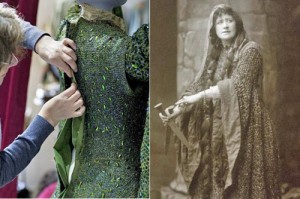

When Pixar created the film Brave, this very dress, from the portrait that Sargent painted of the actress in the play that Shakespeare wrote, now adorns Queen Elinor in the movie Brave.
And as we’re talking about concept art for movies, take into account early illustrations of Tolkien’s work by artist Ted Nasmith. Just as one example, and there are many, these illustrations were a resource for the Peter Jackson’s film. It’s been said that Ted Nasmith, John Howe and Alan Lee were approached by the producer not because of their ability to do concept work but because they had already illustrated Tolkien’s work and fans familiar with the images in the books, will appreciate those images in the movie.
Though Ted Nasmith is an uncredited artist of Lord of the Rings, one can see clearly how his work influenced this one of many shots. For more on Ted Nasmith.
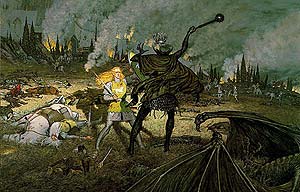



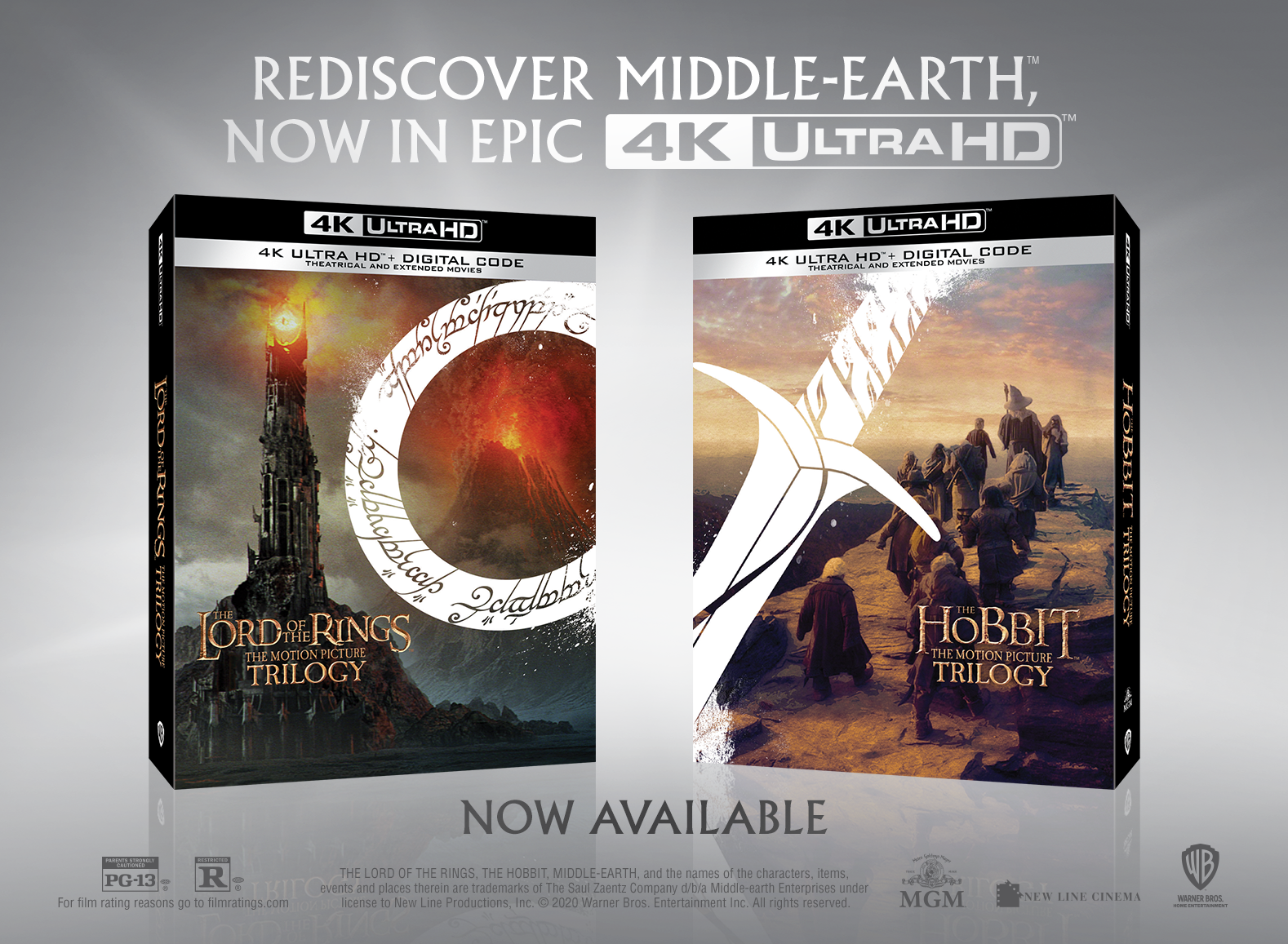


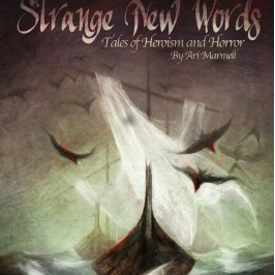





1 Comment